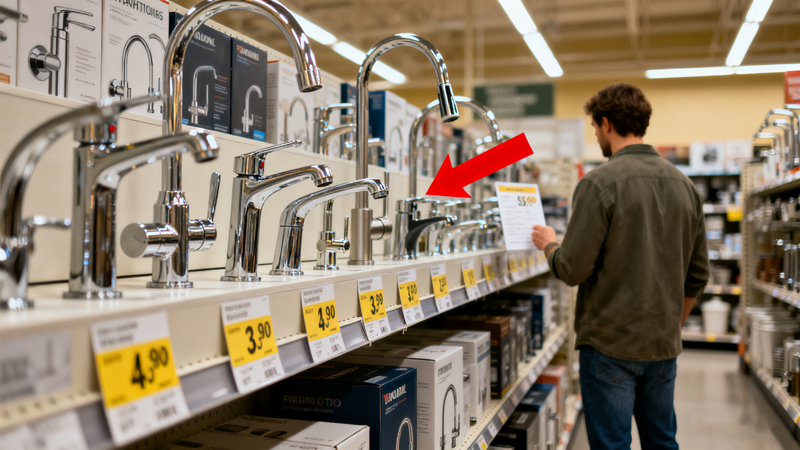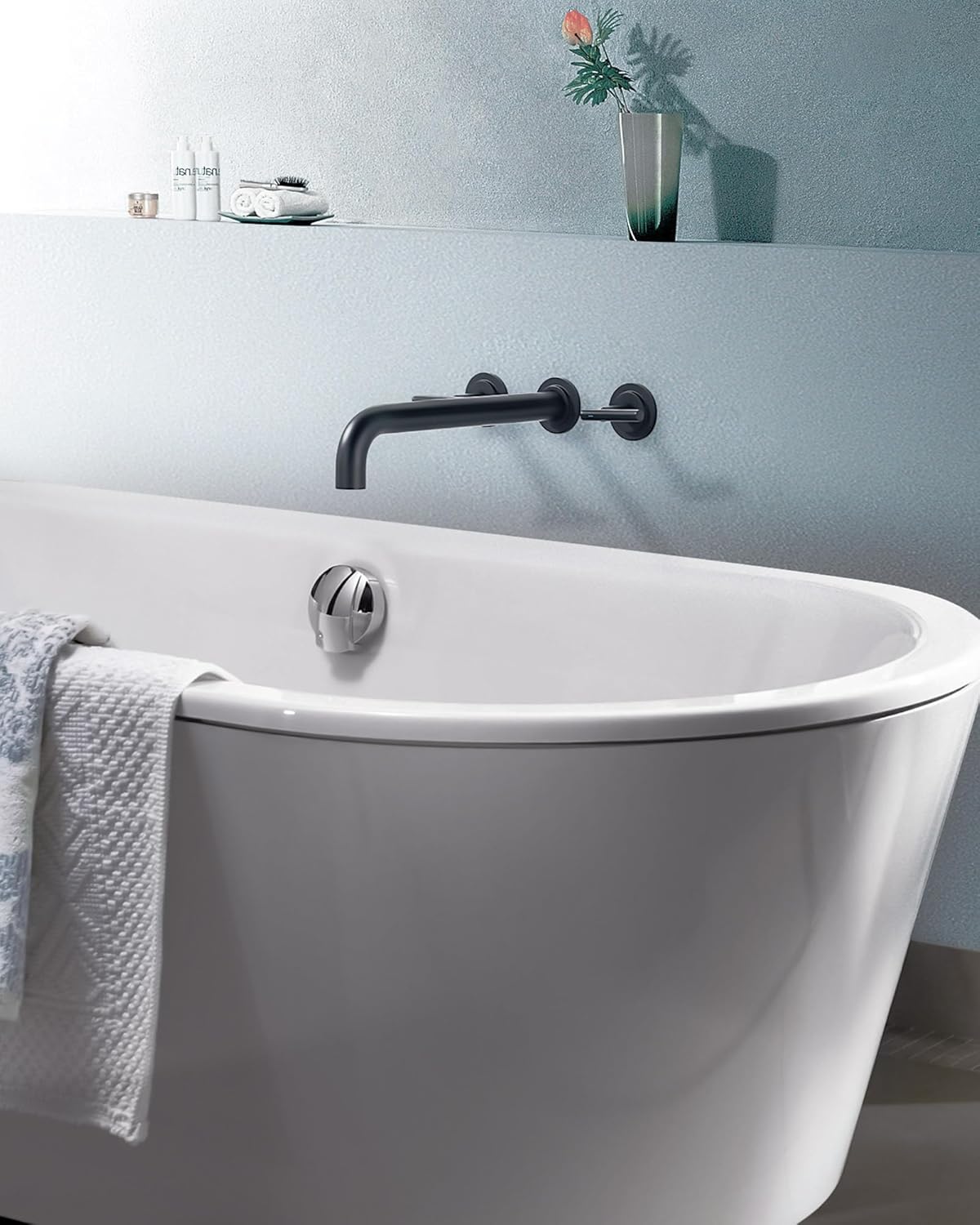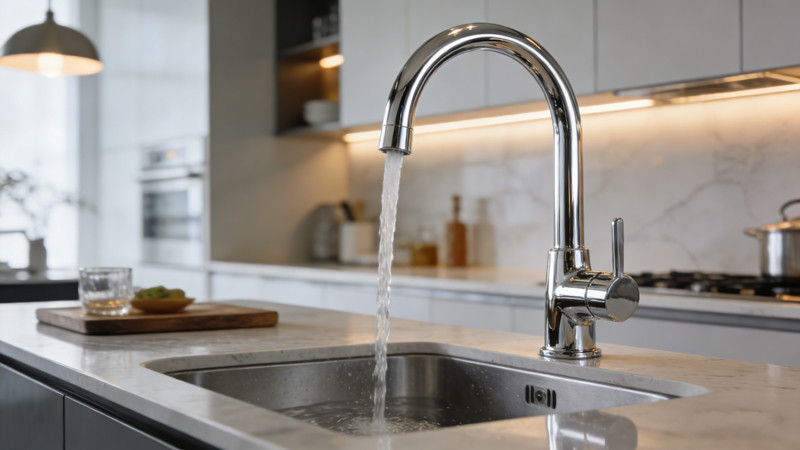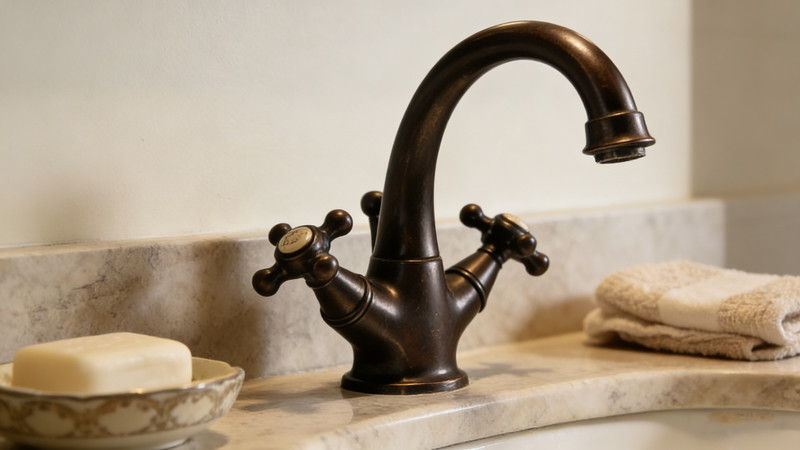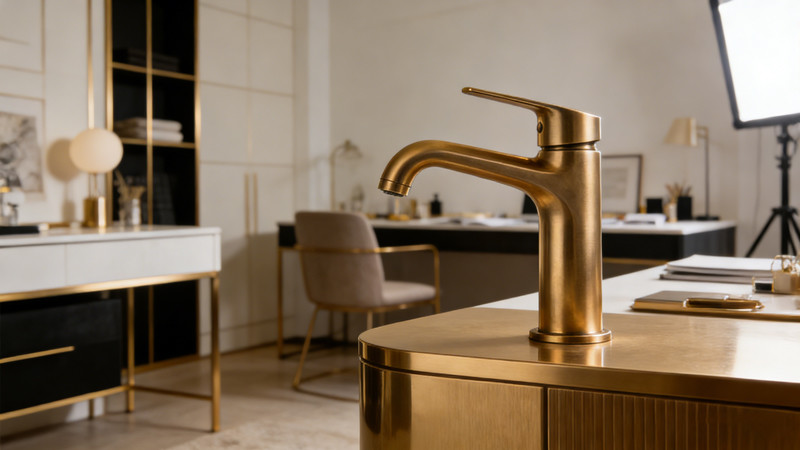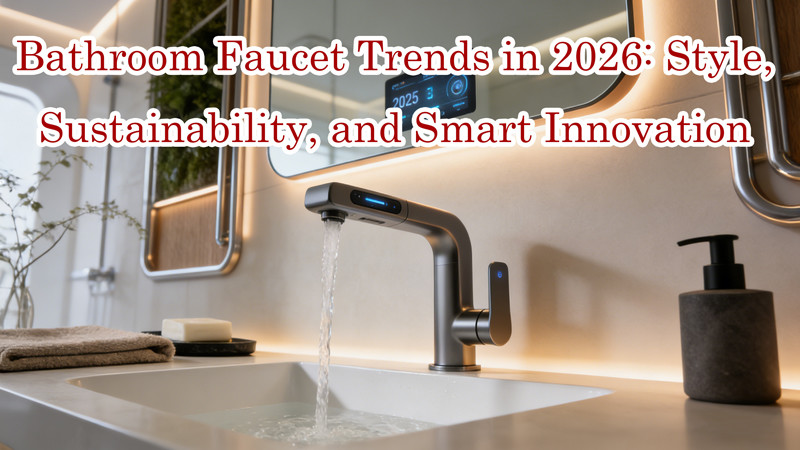When shopping for a new faucet, it’s easy to get caught up in glossy finishes, trendy designs, or brand prestige. But while faucets are everyday essentials in kitchens and bathrooms, they shouldn’t cost you more than they’re worth. The truth is, many homeowners end up paying too much because they’re unaware of what actually matters in a faucet, what features are worth the investment, and where hidden costs sneak in.
The good news is that with the right knowledge, you can avoid overpaying for faucets while still getting a stylish, durable, and efficient fixture. Let’s explore practical tips to help you shop smart.
1. Understand What Determines Faucet Prices
Before you can avoid overpaying, you need to know what makes some faucets cost $80 while others cost $800. Price differences typically come down to:
- Material quality: Solid brass faucets are more durable but pricier than zinc or plastic. Stainless steel is another long-lasting option.
- Finish: Chrome is usually the most affordable, while brushed nickel, matte black, or specialty finishes add cost.
- Brand reputation: Well-known brands charge a premium, but not all high-end models justify the markup.
- Technology: Touchless sensors, built-in filters, or pull-down sprayers increase price.
- Design complexity: Designer or custom styles cost more, but often without adding functionality.
Understanding these factors helps you recognize when you’re paying for substance versus when you’re just paying for aesthetics or branding.
2. Skip Paying for Trendy Gimmicks
Faucets can now come with LED lights, Wi-Fi connectivity, or overly elaborate sprayer designs. While these might look appealing in ads, they rarely add real value. Most of these features can also mean more parts that may fail or require maintenance.
Instead, focus on practical features such as:
- Drip-free ceramic disc valves for durability.
- Pull-down sprayers if you do a lot of dishwashing.
- Easy-clean finishes that resist fingerprints and water spots.
Stick to what enhances usability and long-term reliability rather than what’s simply fashionable this year.
3. Compare Brands—Not Just Prices
Big-name brands like Moen, Kohler, and Delta have strong reputations, but that doesn’t mean lesser-known brands aren’t worth considering. Some mid-range manufacturers produce high-quality faucets that are just as durable as premium ones, often at half the price.
When comparing brands, look at:
- Warranty coverage: A lifetime warranty often indicates durability.
- Replacement parts availability: Established companies usually have better support.
- Consumer reviews: Real-world feedback often tells you if a faucet lasts as advertised.
By broadening your search, you may find a faucet with comparable performance and longevity at a much lower cost.
4. Be Wary of Showroom Markups
Showroom faucets often carry hefty markups due to overhead costs, commissions, and the luxury setting they’re displayed in. While showrooms are excellent for seeing faucets in person, you don’t have to buy from them.
Instead, use showrooms to:
- Get a feel for the build quality.
- Test out handles, sprayers, and finishes.
- Ask sales reps questions about features.
Then, once you’ve identified the model you want, shop online or at warehouse-style retailers where prices are usually lower.
5. Watch Out for Hidden Installation Costs
Even if you get a good deal on the faucet itself, you might end up overpaying if installation costs catch you off guard. For example:
- Specialty faucets with touch sensors may require extra wiring.
- Wall-mounted faucets may need plumbing adjustments.
- Undermount sink setups may need reinforcement to hold heavy faucets.
Always factor in installation complexity before purchasing. Sometimes, choosing a simpler faucet style can save you hundreds in labor costs.
6. Don’t Be Fooled by Finish Prices
Many faucet lines come with multiple finish options, with price differences ranging from $20 to $200 or more. A chrome faucet may cost $100, while the same model in matte black or brushed gold might cost $250.
If budget is your concern, chrome is the most cost-effective and durable finish. It resists tarnish, is easy to clean, and matches almost any kitchen or bathroom style. Specialty finishes are nice but often don’t justify doubling the cost.
7. Look for Discounts and Sales
Faucets are often marked up so retailers can offer “discounts.” But if you shop smart, you can take advantage of genuine deals.
- Holiday sales (Memorial Day, Labor Day, Black Friday) often feature steep discounts.
- Clearance models from last year can save you money without sacrificing quality.
- Online marketplaces often have competitive prices compared to brick-and-mortar stores.
By timing your purchase, you can easily save 20–40% without compromising quality.
8. Consider the Total Cost of Ownership
The cheapest faucet upfront isn’t always the best value. A low-quality faucet may need replacing in a few years, while a durable mid-range option could last decades.
Think long-term:
- How often will you use it? (Kitchen faucets typically see the most wear.)
- Does it have replaceable cartridges and parts?
- Will the finish hold up over time, or will it flake and tarnish?
Sometimes spending a little more upfront saves you from costly repairs and replacements down the road.
9. Read the Fine Print on Warranties
A faucet with a “lifetime warranty” sounds great—but always check the details. Some warranties cover only parts, not labor. Others are voided if you install the faucet yourself instead of hiring a licensed plumber.
Look for warranties that:
- Clearly cover both parts and finish.
- Are backed by companies with strong customer service.
- Don’t require complex claim processes.
A solid warranty is worth paying a little extra for, since it can protect you from overpaying for repairs later.
10. Trust Function Over Luxury Labels
It’s tempting to fall for designer faucets that promise to be “statement pieces.” While they may look impressive, most luxury faucets don’t perform any better than mid-range models. What you’re often paying for is brand prestige, not functionality.
If your goal is a stylish bathroom or kitchen, you can often achieve the same look by pairing a reasonably priced faucet with complementary décor elements like backsplashes, cabinet hardware, or lighting.
Final Thoughts of How to Avoid Overpaying for Faucets
Faucets may seem like small household items, but they’re investments you use every day. The key to avoiding overpaying is knowing the difference between features that truly matter—like durable materials, ease of use, and strong warranties—and those that simply inflate the price.
 WOWOW Faucets
WOWOW Faucets